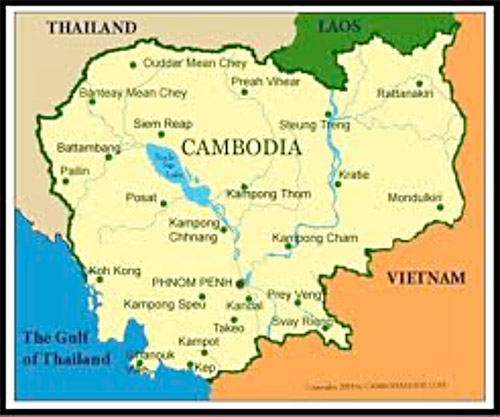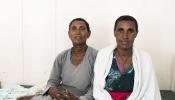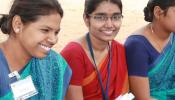A special guest post from Battambang, Cambodia by Dr. Gary Barth, ophthalmologist and Seva volunteer. Originally posted Jan 21, 2011
When those in the West think of Cambodia, invariably we image the magnificent Buddhist structures of Angkor Wat and the hellish regime and killings of the Khmer Rouge under Pol Pot. Cambodia is now politically stable but the damage of two lost generations of teachers and students and doctors has left a severely under trained medical care system. The Khmer Rouge were so intent on destroying anyone with education that they even targeted for killing anyone wearing glasses. As a result, there is a dramatic shortage of doctors, particularly specialists as a result of the mass murders.
 Cambodia has only nine local ophthalmologists serving a population of 14 million people. There are about 168,000 Cambodians who are blind. As is true in most developing countries, the majority of the blindness is due to preventable or treatable diseases, such as cataracts. Probably 80% of the blindness in Cambodia is due to cataracts. Seva has been working in Cambodia for 14 years and has helped train over half of the ophthalmologists in the country.
Cambodia has only nine local ophthalmologists serving a population of 14 million people. There are about 168,000 Cambodians who are blind. As is true in most developing countries, the majority of the blindness is due to preventable or treatable diseases, such as cataracts. Probably 80% of the blindness in Cambodia is due to cataracts. Seva has been working in Cambodia for 14 years and has helped train over half of the ophthalmologists in the country.


